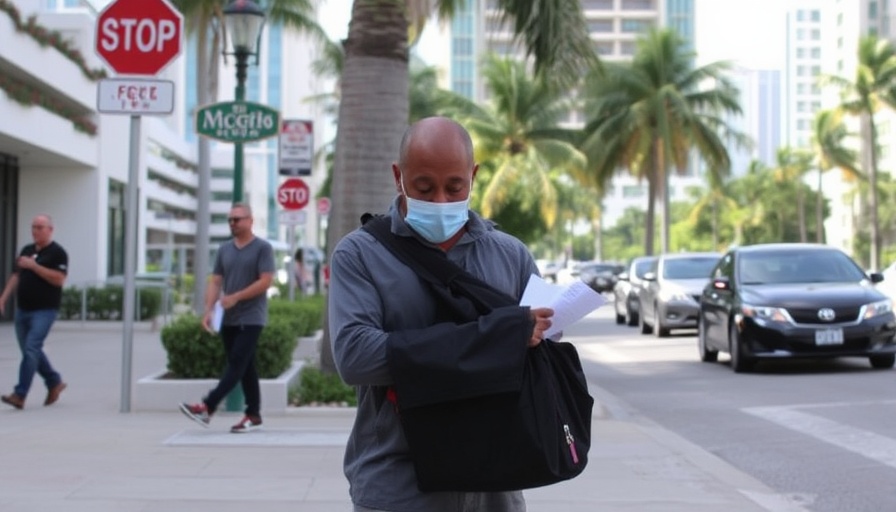
Miami Repeals Controversial Anti-Panhandling Law
In a significant shift regarding public policy, the city of Miami has repealed an ordinance that criminalized aggressive panhandling. This action comes just weeks after the Florida Justice Institute filed a lawsuit challenging the law, arguing that it violated the First Amendment rights of individuals. The ordinance, enacted in 2000, led to numerous arrests—in fact, nearly 400 individuals were taken into custody for panhandling within the last two years, highlighting a critical issue regarding how local governments manage homelessness and public solicitation.
Understanding the Legal Landscape
The legal basis for the repeal emphasizes the fundamental right to free speech. Ray Taseff, the lead attorney for the Florida Justice Institute, articulated that "requesting donations is speech protected by the First Amendment." He further criticized the city's prioritization of such laws as unjust and a misuse of police resources, a sentiment shared by many advocates for the homeless. The ordinance disproportionately targeted those in vulnerable positions, a practice increasingly viewed as unproductive and ethically questionable.
Historical Context of Panhandling Laws
Panhandling laws are not unique to Miami; they exist across many cities grappling with homelessness. Historically, cities have enacted similar laws under the pretense of maintaining public order. However, critics argue that such measures often exacerbate the very issues they claim to address. Miami's earlier attempt to prohibit solicitation faced legal challenges, ultimately revealing the tensions between public safety rhetoric and civil liberties.
Reactions from the Community and Visitors
The repeal has been met with both relief and cautious optimism among local advocates and community leaders. For visitors to Miami, this change may enhance the experience of exploring the vibrant city, which holds a diverse array of cultures and backgrounds. However, it also raises important questions about how individuals will seek support in public spaces. With the number of individuals experiencing homelessness in Miami continuing to rise, the city must navigate these changes thoughtfully.
Lessons from the Repeal
This scenario serves as a reminder of the importance of engaging in open dialogues about homelessness and public policy. Many cities are looking to Miami's experiences as a model for how to address these legal and social challenges. The shift away from criminalization toward understanding and support could serve to benefit not just those living on the streets, but the communities that host them.
Future Trends and Need for Comprehensive Solutions
Experts suggest that cities must develop holistic approaches to address homelessness effectively. From increasing affordable housing to providing more mental health resources, these measures can limit the need for panhandling altogether. Miami’s decision to repeal its panhandling law could act as a catalyst for other cities to reevaluate their own policies, potentially fostering a more humane and equitable approach to social issues.
A Call to Action for Tourists and Residents
It is essential for both Miami’s residents and visitors to get involved in this conversation. Understanding the challenges that homeless individuals face, and advocating for supportive services can create a welcoming environment that reflects the city’s inclusive spirit. Engaging in community support initiatives or learning about local nonprofits can contribute to significant change.
This repeal serves as an important reminder. By reevaluating policies that disproportionately affect marginalized groups, society can push for broader changes that acknowledge and validate the dignity of all individuals. It encourages an active citizenry that prioritizes compassion over criminalization.
 Add Row
Add Row  Add
Add 



Write A Comment